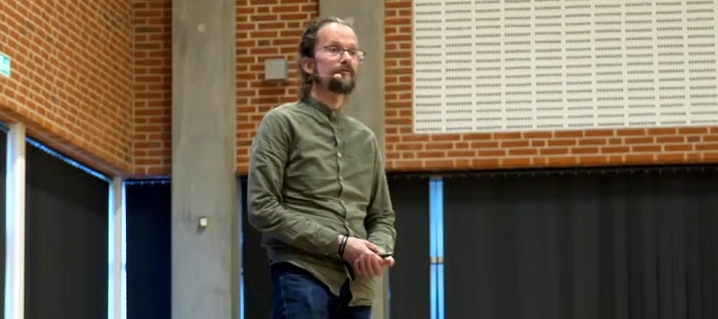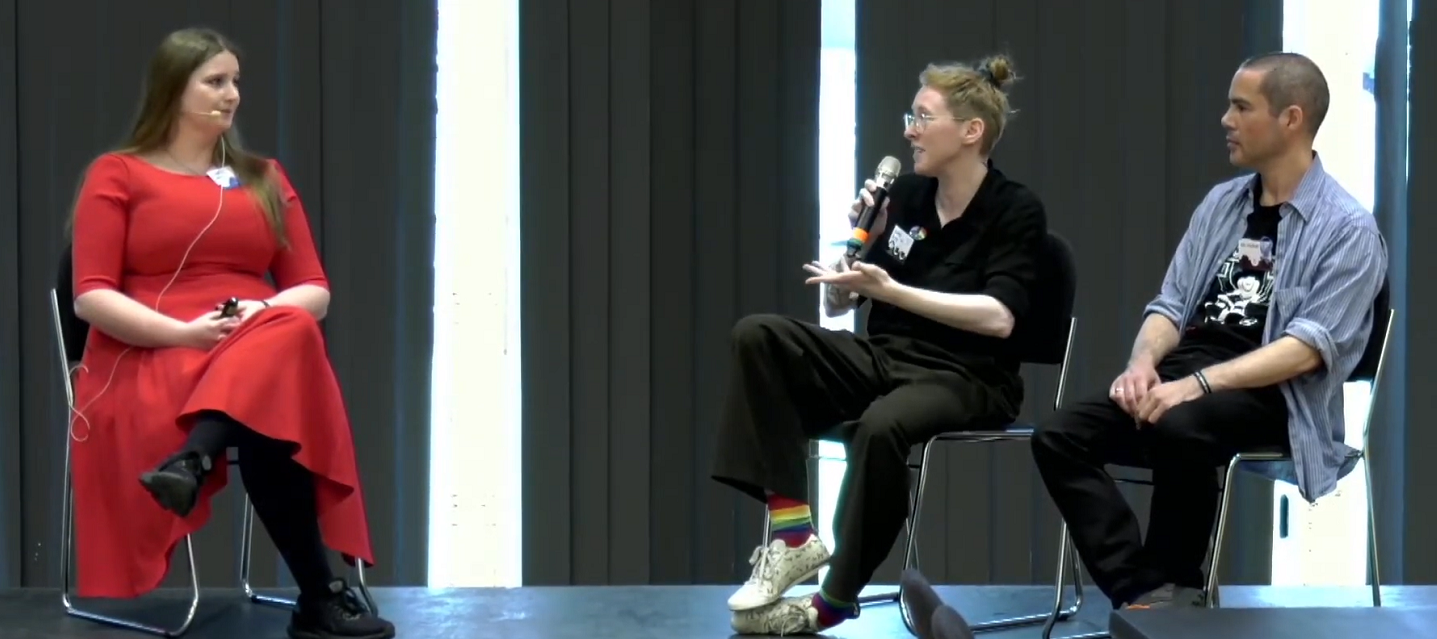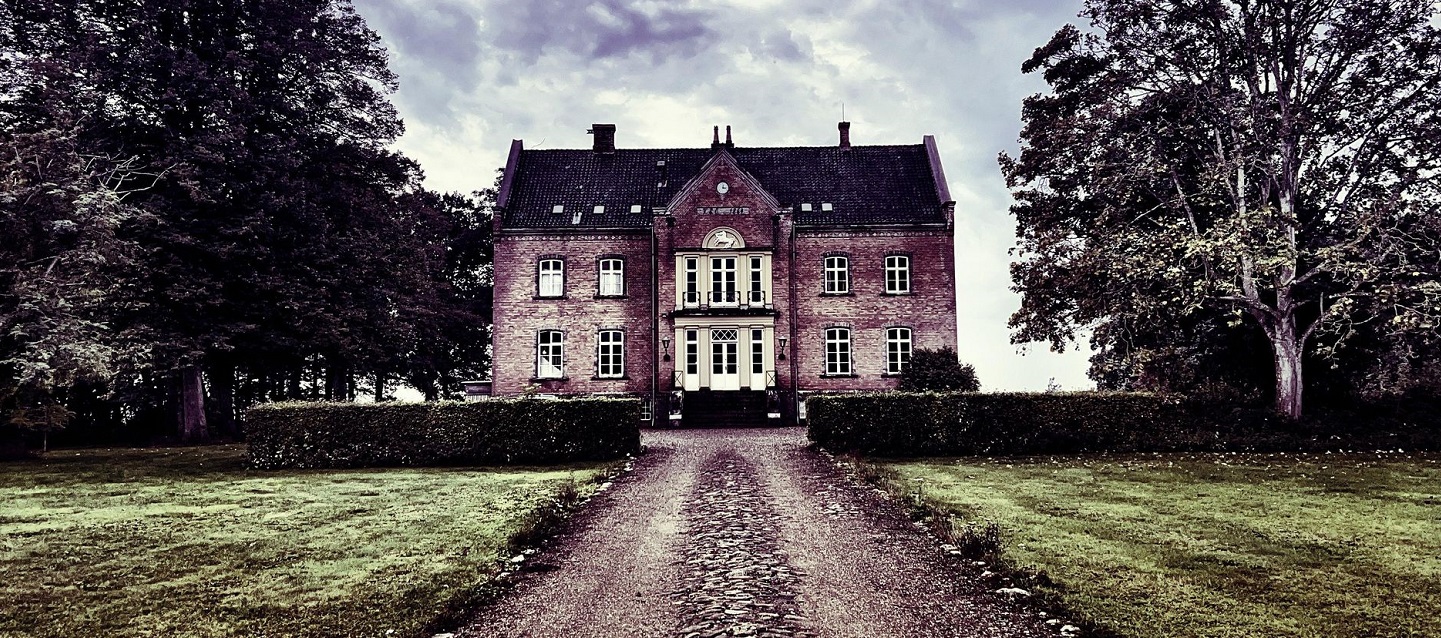Year: 2023
-

Listen 2 Your Heart Season 8: An Unexpectedly Bleedy Experiment
Reflections on an online larp adaptation of the popular Netflix dating series Love is Blind.
-

Jaakko Stenros: Retrospective: Documentation, Community, and Research
in
In the Knutepunkt scene there is a history of larp designers and producers giving retrospectives, where they discuss all of their work. In this talk, here presented in two parts, Dr Stenros takes that format and expands it to other aspects of the community. He gives an overview of the work he has done around
-

Elements of Larp Design
in
What is it larp designers actually design? How do players actually respond to design decisions? Are there any truths that apply to all the different kinds of larp design? Eirik Fatland presents his unpublished yet influential mid-level theory.
-

Bringing Larp to the Larpers
Katrine Wind has worked with local producers to re-run Daemon in different countries. In this presentation she shares her experiences together with some of the collaborators: Sandy Bailly who is the producer of the Belgian run and Mo Holkar who is the safety person.
-

A Trip Beyond the House of Craving
Larp is sometimes thought of as a consensual hallucination, and this one was more hallucinogenic than most.
-

The Immortal Legacy
A documentation piece on the larp Gothic by Avalon Larp Studios. Based on true events featuring Romantic poets in a story of gothic horror.
-

Slow Larp Manifesto
in
There are larps that are not action-heavy, that don’t try to offer maximum amounts of drama or complicated plots. Lack of action or drama in a larp is often regarded as a design fault. We think Slow Larp should be recognized as a valid design choice that deserves more attention.
-

Adding Larp to a Drama Teacher’s Curriculum – Year 1
Lindsay Wolgel is an professional actor and edu-larp enthusiast. She is currently the middle school drama teacher at a charter school in NYC. Learn about the ways she incorporated larp into her curriculum this past year, via in-class parties, a classroom podcast, creative writing prompts and more!

